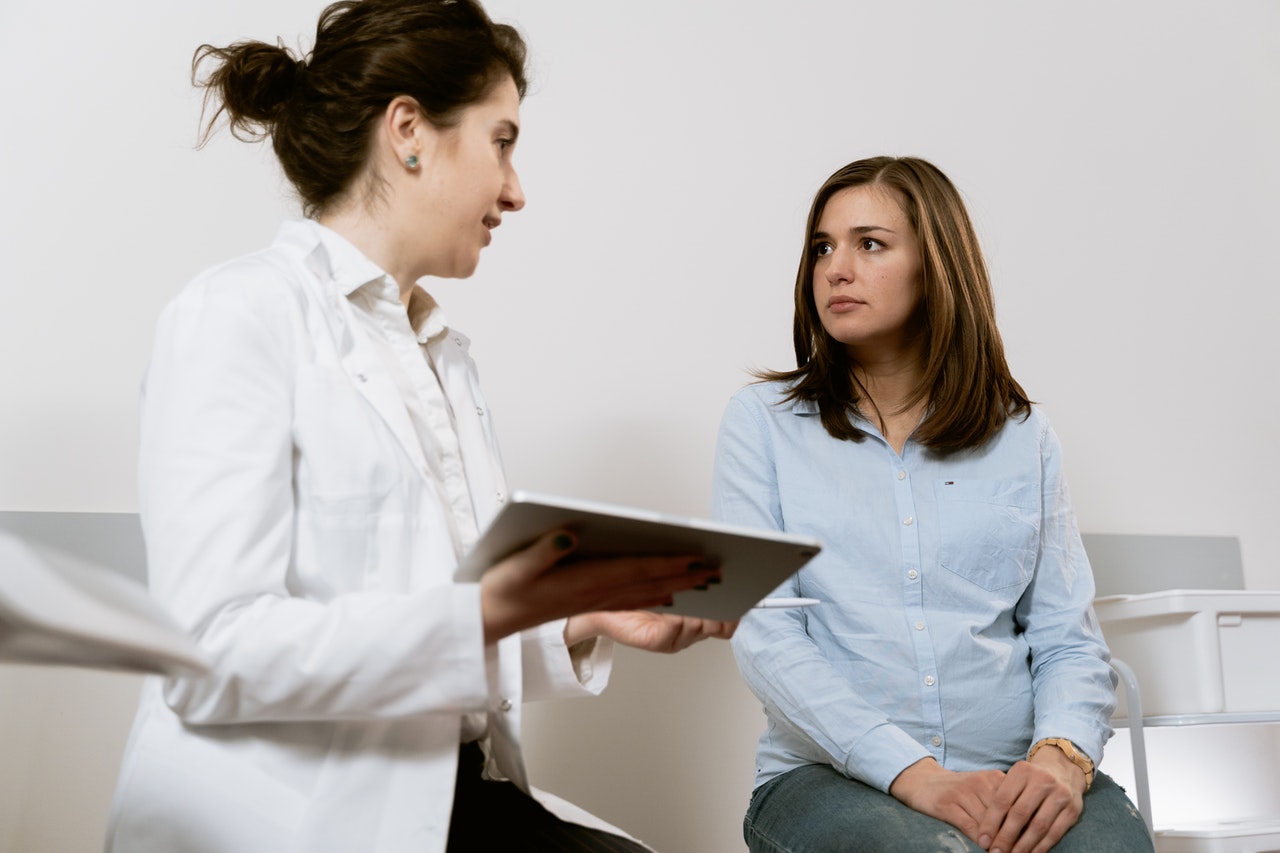The bladder and urethra, as we all know, are two fundamental organs of our organism belonging to the urinary system. The first has the task of collecting the urine produced by the kidneys, to subsequently allow its expulsion outside the body. The second, on the other hand, is a channel that connects the bladder with the urethral orifice.
When these two organs show anomalies, or malfunctions, you should immediately alert your doctor and, if necessary, undergo tests. Among these, one of the most effective is the so-called cystourethrography, a radiological examination that allows to evaluate the shape and positioning of the bladder and urethra. In the next lines we will see in detail what it is and in which cases it is recommended to do it and in which not.
In case of incontinence or bladder problems this is the test to be carried out to find any alterations, polyps or tumors
First of all, cystourethrography is a non-invasive examination that does not require anesthesia and lasts only 30 minutes. It is done to check for abnormalities in the urethra (such as scarring or lacerations from an injury) or for changes in the bladder wall. Or, to detect the presence of vesicoureteral reflux or polyps or tumors in the bladder. This test is also recommended for people with incontinence or urinary tract problems, such as infections or birth defects. In men it could also signal the presence of an enlarged prostate.
The examination procedure
First, the patient will have to lie on the table in the supine position. At this point the nurse, after having disinfected the patient’s external genitalia, inserts a small flexible catheter into the urethra in which the contrast medium flows. The doctor can thus take x-rays from various angles. After that the catheter is removed, thus allowing the patient to urinate and the radiologist to take more images.
Side effects
At the end of the exam, the patient may experience some side effects, including:
- discomfort when urinating, but usually short-lived;
- blood in the urine;
- involuntary contractions of the bladder muscles;
- vomiting, itching and anaphylactic shock (rare phenomena).
Also, as with all radiographs, there is a slight risk associated with radiation and contrast medium. For this reason, it is important to inform healthcare professionals if you are pregnant or have a contrast agent allergy. Finally, patients with severe liver or kidney insufficiency may also have difficulty clearing the contrast medium.
Recommended reading
Here are the visits and exams to be done at 40, 50 or 60 years to prevent tumors and diseases
